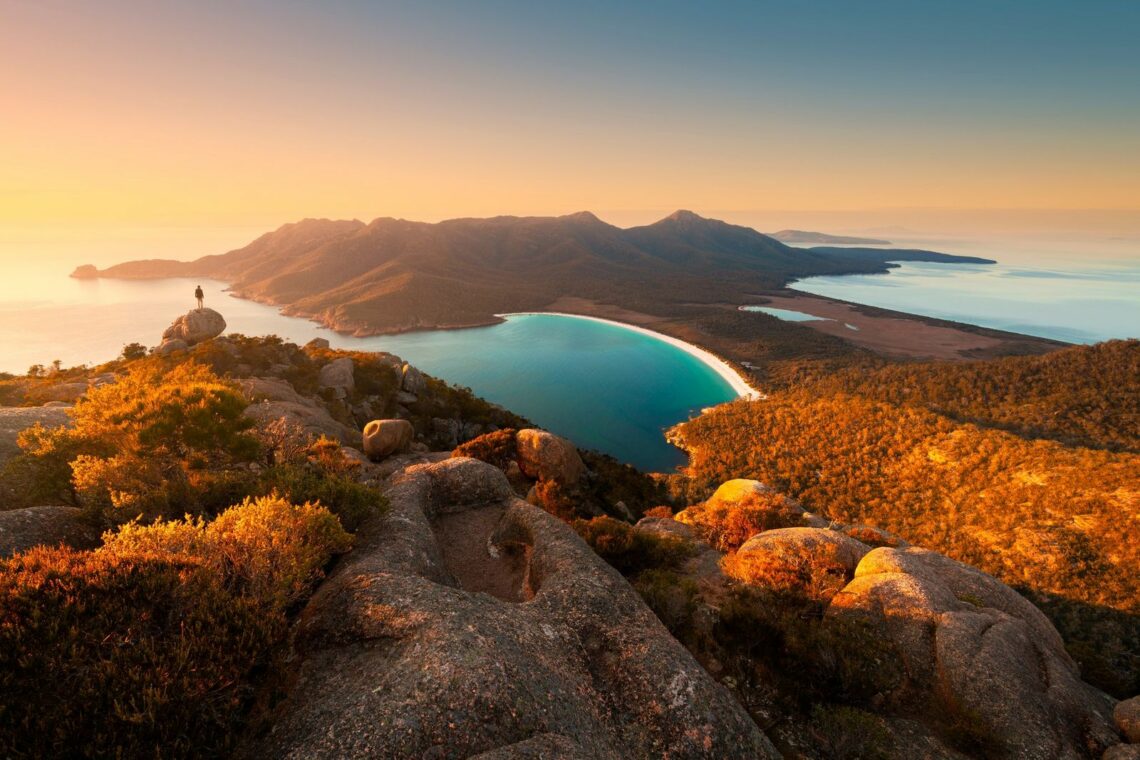Established in late 2006 as a limited company, Wine Tasmania is the peak representative body for Tasmanian vintners and winemakers, working together to build Tasmania’s reputation as a hip wine region like no other in the world , with demand for its wines continuing to grow. exceed production.
For the full review click here.








